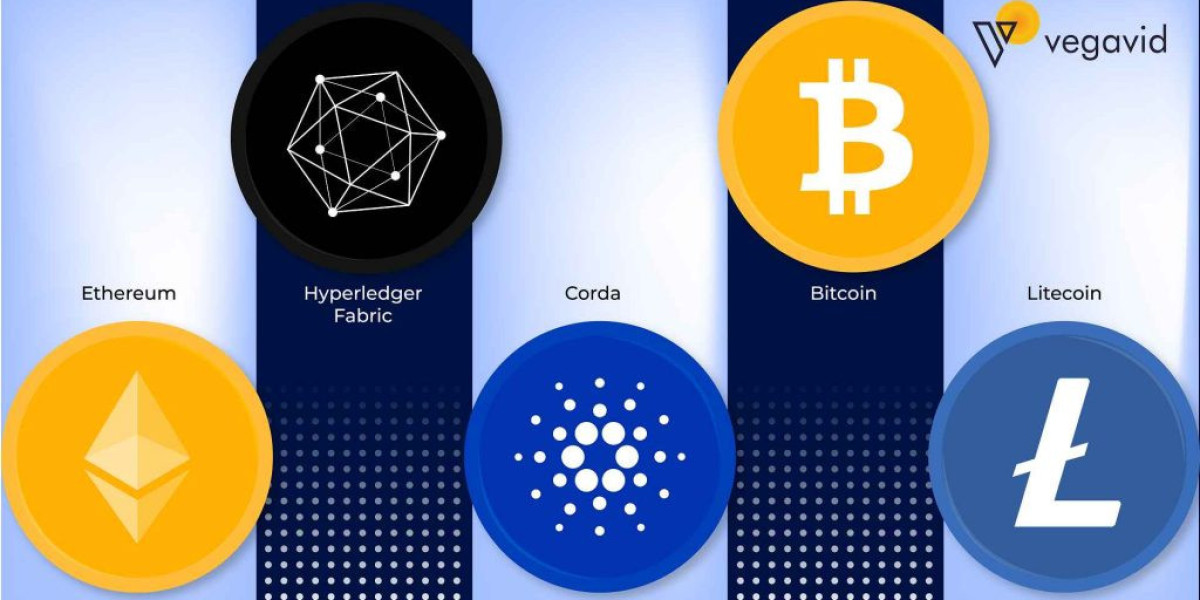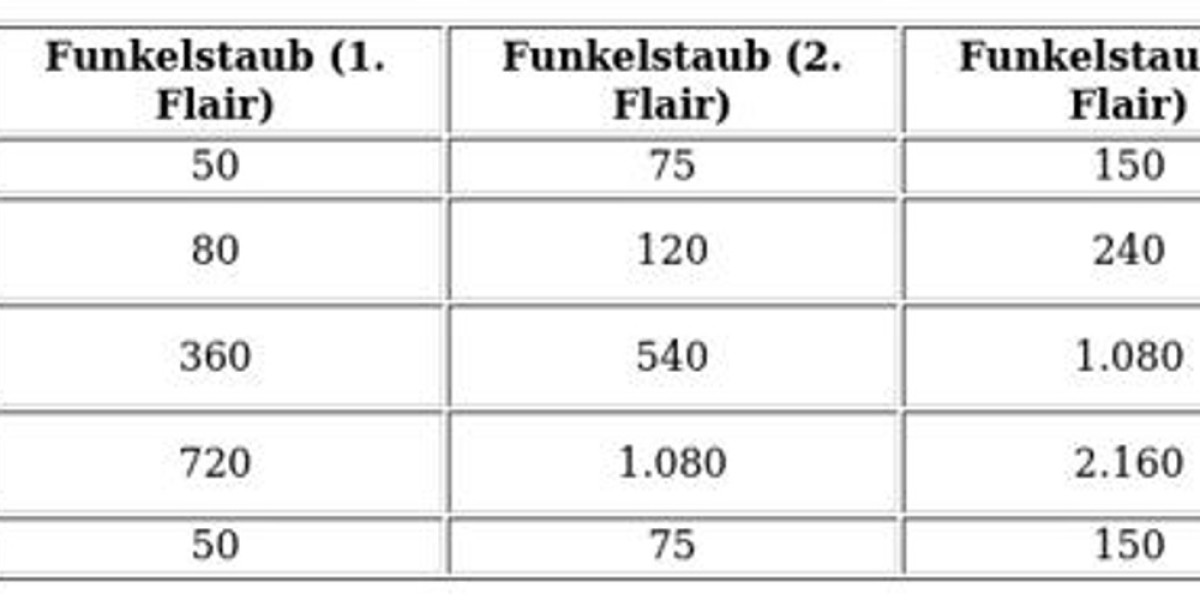blockchain platform has evolved from a tool primarily used for cryptocurrency transactions to a powerful platform with the potential to transform various industries. A blockchain platform is a decentralized digital infrastructure that enables the development, deployment, and execution of blockchain applications and services. These platforms facilitate secure, transparent, and immutable transactions without the need for intermediaries, creating an environment where trust, security, and efficiency are paramount.
What is a Blockchain Platform?
A blockchain platform is a foundational software or framework that allows individuals and organizations to build and deploy blockchain-based applications. It typically consists of a set of tools, protocols, and services that enable the creation of decentralized applications (dApps), smart contracts, and cryptocurrencies. These platforms are designed to provide the necessary infrastructure for managing and verifying transactions in a secure, transparent, and efficient manner.
Unlike traditional centralized platforms, where a single entity controls the system, blockchain platforms are decentralized. This decentralization means that no single party has full control over the network, making them more resistant to censorship, fraud, and single points of failure.
Key Components of a Blockchain Platform
Blockchain Protocol:
- The protocol is the underlying ruleset that governs how the blockchain network operates. It defines how transactions are validated, how blocks are added to the chain, and how consensus is reached among network participants.
- Examples of popular blockchain protocols include Bitcoin, Ethereum, and Hyperledger, each with its own consensus mechanism, such as Proof of Work (PoW) for Bitcoin or Proof of Stake (PoS) for Ethereum 2.0.
Smart Contracts:
- Smart contracts are self-executing contracts with the terms of the agreement directly written into code. They automatically execute, control, and document legally relevant actions when predetermined conditions are met. Smart contracts are a core feature of many blockchain platforms like Ethereum and enable trustless, automated transactions.
- These contracts can be used in various industries, from finance (decentralized finance or DeFi) to supply chain management and healthcare.
Distributed Ledger Technology (DLT):
- The distributed ledger is a digital record that is distributed across multiple nodes in a blockchain network. This ledger is maintained by a decentralized network of participants, ensuring that data is accurate, transparent, and immutable.
- The ledger allows all participants to have the same version of the truth, eliminating the need for intermediaries and reducing the risk of fraud or tampering.
Consensus Mechanism:
- Consensus mechanisms are protocols that allow all participants in a blockchain network to agree on the validity of transactions. These mechanisms ensure that the network reaches a single, agreed-upon version of the ledger.
- Common consensus mechanisms include Proof of Work (PoW), Proof of Stake (PoS), and Delegated Proof of Stake (DPoS), each with its own advantages and trade-offs in terms of scalability, energy consumption, and security.
Tokens:
- Tokens are digital assets that are used within blockchain ecosystems to represent ownership, access, or value. There are two main types of tokens: cryptocurrencies, like Bitcoin or Ether, and utility tokens, which grant access to certain services or features within a blockchain platform.
- Tokens are used for various purposes, such as paying for transaction fees, staking to validate blocks, or incentivizing network participants.
dApps (Decentralized Applications):
- dApps are applications built on top of blockchain platforms. Unlike traditional applications, dApps are decentralized, meaning they run on a peer-to-peer network rather than a centralized server. This makes them more secure, transparent, and resistant to censorship.
- dApps can be built for a wide range of purposes, including social networking, finance (DeFi), gaming, supply chain tracking, and voting.
Interoperability:
- Interoperability refers to the ability of different blockchain platforms to communicate and work together. Many blockchain platforms are designed to be interoperable, allowing assets or data to be transferred between different blockchain networks.
- Projects like Polkadot and Cosmos focus on creating interoperable ecosystems where multiple blockchains can seamlessly interact with each other.
Popular Blockchain Platforms
Ethereum:
- Ethereum is one of the most widely used blockchain platforms and is known for its smart contract capabilities. It enables developers to create decentralized applications (dApps) and execute smart contracts without relying on intermediaries. Ethereum's native cryptocurrency, Ether (ETH), is used to pay for transaction fees and computational services.
- Ethereum 2.0, an upgrade to the original Ethereum network, introduces Proof of Stake (PoS) as a consensus mechanism to improve scalability, security, and energy efficiency.
Bitcoin:
- Bitcoin is the first blockchain platform, created by an anonymous individual or group known as Satoshi Nakamoto. It is primarily used for peer-to-peer transactions and as a store of value. Bitcoin uses the Proof of Work (PoW) consensus mechanism, which requires miners to solve complex cryptographic puzzles to validate transactions.
- While Bitcoin's main use case is as a digital currency, its blockchain technology has influenced the development of many other platforms.
Hyperledger:
- Hyperledger is an open-source project supported by the Linux Foundation that aims to provide blockchain solutions for enterprises. Unlike public blockchains like Ethereum and Bitcoin, Hyperledger is designed for permissioned networks, where only authorized participants can join and access the network.
- It offers various frameworks, including Hyperledger Fabric, which is used to build private, enterprise-grade blockchain applications.
Polkadot:
- Polkadot is a blockchain platform that focuses on interoperability and scalability. It allows different blockchains to interconnect and share information, making it easier for decentralized applications (dApps) to operate across multiple chains. Polkadot uses a unique consensus mechanism called Nominated Proof of Stake (NPoS).
Solana:
- Solana is a high-performance blockchain platform designed for decentralized applications and crypto projects. It uses a combination of Proof of History (PoH) and Proof of Stake (PoS) to achieve high scalability and low transaction fees.
- Solana's platform is known for its speed, handling thousands of transactions per second, making it a popular choice for decentralized finance (DeFi) and NFT projects.
Cardano:
- Cardano is a blockchain platform that focuses on security, scalability, and sustainability. It uses a Proof of Stake (PoS) consensus mechanism and emphasizes academic research in the development of its protocol. Cardano is widely seen as an energy-efficient alternative to Ethereum and Bitcoin.
Binance Smart Chain (BSC):
- Binance Smart Chain is a blockchain platform built by Binance, one of the largest cryptocurrency exchanges. It is designed for high-performance decentralized applications (dApps) and offers low transaction fees compared to Ethereum.
- BSC supports both Ethereum-compatible tokens (ERC-20) and its own Binance Coin (BNB), and it has gained significant traction in the DeFi space.
Benefits of Blockchain Platforms
Decentralization:
- Blockchain platforms operate in a decentralized manner, which means there is no central authority controlling the network. This reduces the risk of single points of failure, censorship, and fraud.
Security:
- Blockchain platforms provide high levels of security through cryptographic algorithms, ensuring that transactions and data are protected from tampering and unauthorized access.
Transparency:
- Blockchain platforms are often transparent, with transactions being publicly recorded on the distributed ledger. This allows for greater accountability and auditability of transactions.
Immutability:
- Once data is recorded on a blockchain, it cannot be altered or deleted. This immutability ensures the integrity of data and builds trust among participants.
Efficiency:
- Blockchain platforms eliminate the need for intermediaries in transactions, reducing costs and improving the speed of processing. Smart contracts, in particular, automate processes, further enhancing efficiency.
Challenges of Blockchain Platforms
Scalability:
- Many blockchain platforms, especially those using Proof of Work (PoW), face scalability issues, as the number of transactions that can be processed per second is limited. Solutions like sharding, layer 2 protocols, and Proof of Stake (PoS) are being explored to address scalability challenges.
Energy Consumption:
- Proof of Work (PoW) consensus mechanisms, such as those used by Bitcoin, consume a significant amount of energy, which has raised concerns about the environmental impact of blockchain technology.
Regulatory Uncertainty:
- Blockchain platforms operate in a regulatory gray area, with many governments still working on how to regulate cryptocurrencies and decentralized applications (dApps). Legal and compliance issues can hinder the growth and adoption of blockchain technologies.
User Adoption:
- Despite the potential benefits, blockchain platforms are still in the early stages of adoption. For widespread use, blockchain technology needs to overcome barriers related to user experience, interoperability, and accessibility.
Conclusion
Blockchain platforms are transforming industries by enabling decentralized applications, smart contracts, and secure, transparent transactions. These platforms offer a wide range of benefits, including security, transparency, and efficiency, but also face challenges related to scalability, energy consumption, and regulatory uncertainty. As the technology matures and new solutions are developed, blockchain platforms are likely to play an increasingly important role in reshaping the digital landscape across various sectors.








